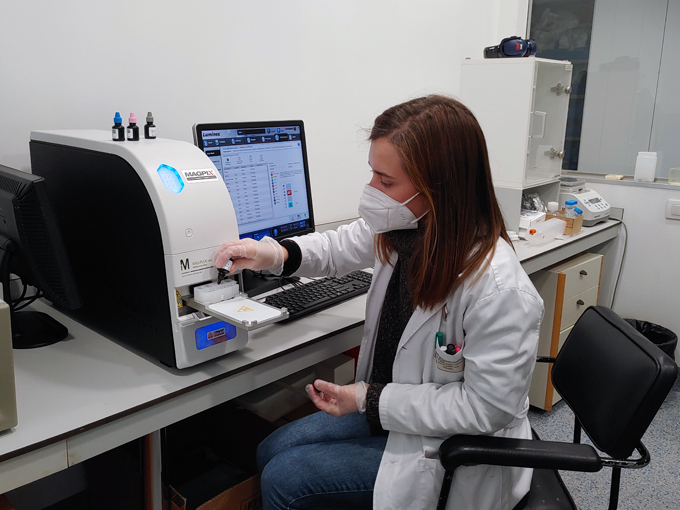The Sensitivity Difference Between Luminex And ELISA
Sensitivity is one of the most crucial aspects of an immunoassay. Higher sensitivity enables an immunoassay to detect analytes present at low levels. Without adequate assay sensitivity, analytes present at low levels can be missed entirely , even when present in the study sample. Such deletion can prove a hindrance while comparing healthy and disease-state study samples. This hindrance is because analytes overexpressed in disease states are generally present at low levels. Whether it is clinical drug development or assessing diseased samples, superior sensitivity is a must for all immunoassays.
There are numerous bioanalytical methods available for quantifying analytes in biological samples. Out of these bioanalytical methods, Luminex and ELISA assays have emerged as promising alternatives for accelerating drug development pathways. However, both these assays have individual differences. The current article explores the sensitivity difference between Luminex and ELISA.
What are Luminex and ELISA assays?
Luminex assays are bead-based immunoassays that can simultaneously quantify multiple analytes in a single assay volume. Generally, results obtained from Luminex assays are equivalent or superior to traditional ELISAs. Luminex assays can quantify up to 100 analytes while reducing test preparation, sample volume, and reagent costs. Luminex assays employ xMAP technology. In xMAP technology, microbeads are labeled with different proportions of red and infrared fluorophores. Each bead region can attach a unique analyte, thus multiplexing numerous analytes in a single assay volume. Luminex ELISA consists of multiple assay types, including Luminex multiplex cytokine assays and Luminex protein assays.
ELISA is an enzyme-based immunoassay. It is considered a gold-standard immunoassay. ELISA assays measure the analyte by complexing antigens and antibodies to generate a measurable result. When the target antigen binds to the antibody, the cascade of events produces a measurable signal. This interaction is employed in all ELISA assays for detecting and measuring analytes in complex biological matrices.
Luminex versus ELISA assays
ELISA assays have long been the standard immunoassay for quantifying hormones and cytokines in biological samples. However, ELISA assays are time-consuming as each analyte requires a different assay. Besides, separate assays mean the volume of study samples increases with an increase in target analytes. Generally, around 50-100 μL samples are required per assay. Such large sample volumes are not always available, particularly for matrices such as CSF, which are often scarce.
On the other hand, Luminex assays can quantify up to 100 analytes in small study volumes of around 25-50 μL study samples. Thus, Luminex assays provide reliable results while saving time and experimental costs.
The primary difference in assay sensitivity comes from different reporter and target capture systems employed in Luminex and ELISA assays. Luminex uses spherical beads to capture target analytes in a suspension, while ELISA relies on flat surfaces. Besides, fluorescence is the reporter system in Luminex assays, whereas enzyme amplification of the colorimetric substrate is the reporter system in ELISA assays.
Also Read: The Importance Of Bioavailability Assay In Creating Generic Drugs
Most importantly, Luminex assays are more costly than conventional ELISA assays. Besides, Luminex assays are flow-cytometry-based assessments. This requirement means they need specialized and relatively expensive experimental equipment. Hence, even though Luminex assays may provide more sensitive results, researchers must also consider the associated costs with Luminex assays.











